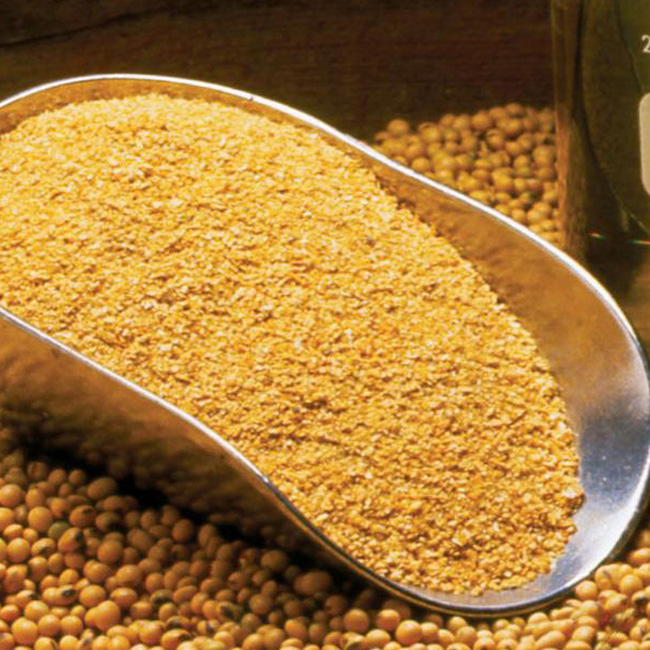Dry bean prices can affect livestock production in several ways:
- Feed cost: Dry beans can be used as a source of protein and energy in livestock feed. If the price of dry beans increases, it can lead to an increase in the cost of livestock feed, which can reduce profitability for farmers and lead to decreased production.
- Alternative feed sources: If the price of dry beans becomes too high, farmers may switch to alternative feed sources such as soybean meal or corn gluten meal. This can lead to a shift in the composition of livestock feed and potentially impact the nutritional quality of the feed.
- Supply chain disruptions: If there is a shortage of dry beans due to weather conditions, pests, or other factors, it can lead to supply chain disruptions and higher prices. This can impact livestock production if farmers are unable to secure enough dry beans to meet the nutritional needs of their animals.
- Market demand: If there is high demand for dry beans for human consumption, it can lead to higher prices and limited availability for animal feed. This can impact livestock production if farmers are unable to secure enough dry beans to meet the nutritional needs of their animals.
In summary, the price of dry beans can impact livestock production through its effect on feed cost, alternative feed sources, supply chain disruptions, and market demand.

